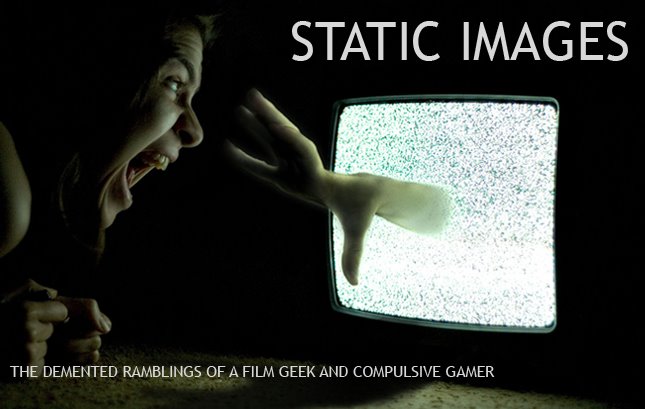I literally just finished watching the recent Liam Neeson film The Grey and I must say I was very impressed. The plot revolves around a group of men who survive a plane crash in Alaska and are then forced to defend themselves against a pack of ferocious wolves as they attempt to trek to survival. Think Alive... with less cannibalism... and more wolves.
There are a lot of things to like about this film, the performances are decent, the wolves (for the most part) look incredibly realistic, it's frightening, and it's exciting. It's simply a very enjoyable film. Sure, there are one or two nonsensical moments, and a handful of cringe-worthy lines of dialogue, but on the whole, it's a good film.
But what makes this any better than the run-of-the-mill action films that get churned out each year? I hear you ask. Well, there are a few aspects in particular that lift The Grey above your standard testosterone laced popcorn flick. It features a sprinkle of non-linear narrative structure, which keeps it from feeling stale. It also has a somewhat unconventional soundtrack, the score often emanating a real sense of sadness and loss. It does a great job at creating a somber mood which is very much at odds with the typical bombastic scores found in this type of action/thriller film. Similarly surprising is that the film ponders some weighty existential topics on the nature of life and death. This is no art house think-piece, but The Grey is peppered with enough thoughtful moments to give you something more to chew on than one would likely have expected. The Grey also cleverly uses the old trick of filling the entire cast, Neeson excepted, with relative unknowns. This creates a palpable and pervasive sense that no one is safe. And they're not.
The most successful aspect of the film, however, is its location. Or more specifically, how its location is shot. The majority of the film was shot, not in a studio, but out on location. And this makes all the difference. When the characters are out in the freezing conditions the suspension of disbelief is never once broken by obvious sets, fake snow, or CGI clouds of breath (I'm looking at you The Social Network). The Grey consistently feels cold. It feels as though the characters are actually out in the wilderness. Snow constantly falls, wind howls, hands shiver, plumes of steamy breath fill the screen. If these guys don't find shelter they die. The threat of succumbing to exposure feels very, very real. Without this, the film would have collapsed. If we could tell Neeson and his buddies were actually standing in a warm set full of Styrofoam snow, it wouldn't have mattered how real the wolves looked or how scary they were, the film would have lost its sense of realism, and the tension would have dissipated.
So there you go, The Grey is a great little film. Not a masterpiece, but a really great little film. I have the feeling that in twenty or so years it will be one of those little known gems that people stumble across and discover. People will stumble onto it playing late at night on TV, or find it buried deep in their Netflix service. It's a film they will tell their friends about. Film geeks will talk about "that great film with Liam Neeson and the wolves". And I bet, one day, it will make for a great midnight screening at little cinema somewhere.






